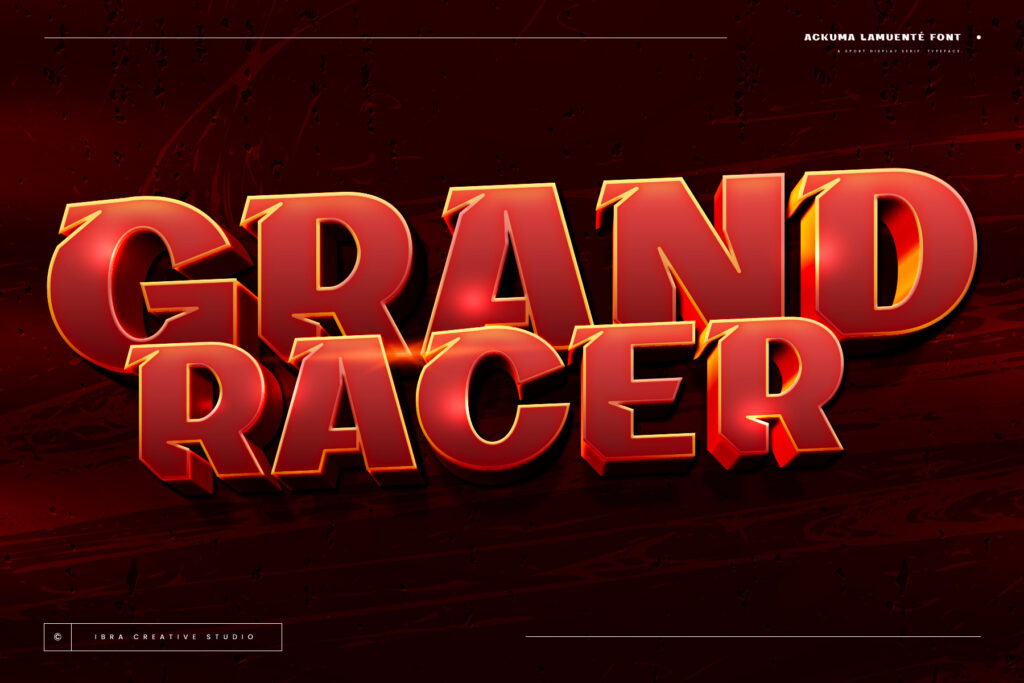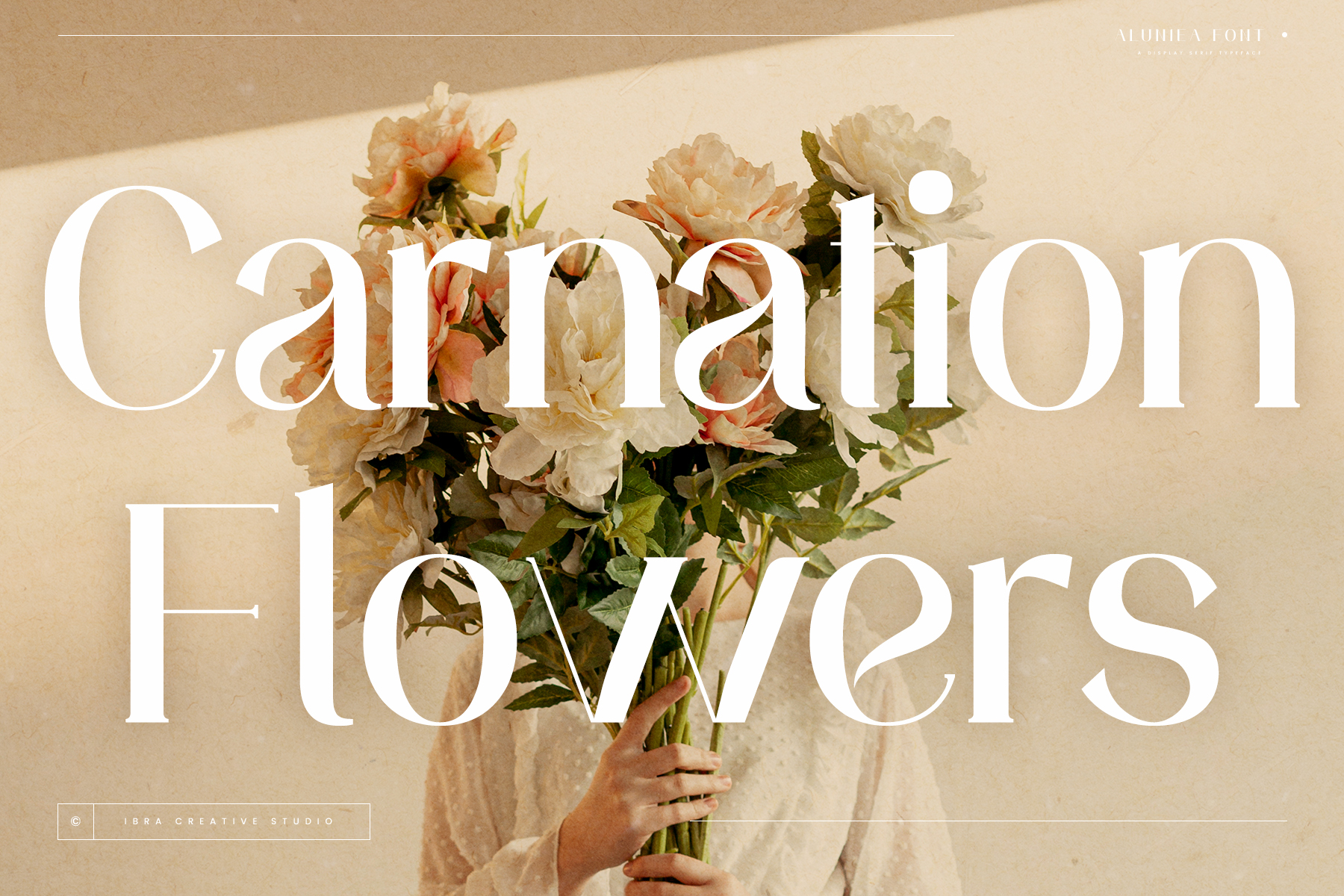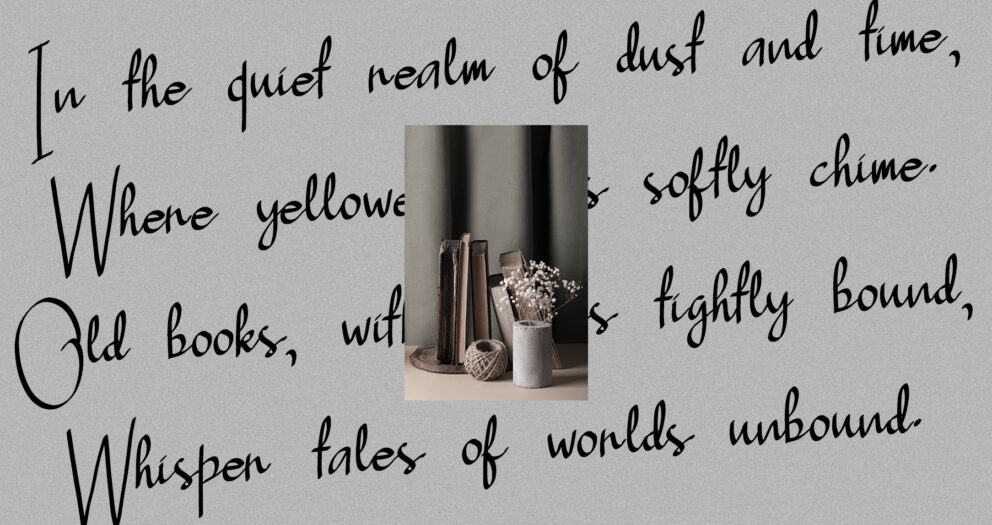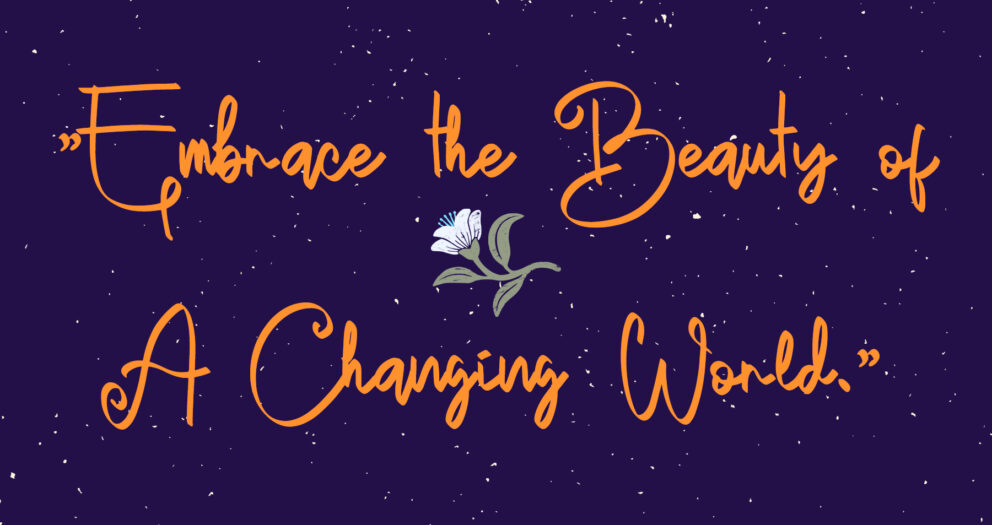Introduction
Navigating the world of font licensing can be as intricate as choosing the right wine for dinner – it’s all about the perfect pairing of legal know-how and design needs. This article is your guide to understanding font licensing, packed with a few light-hearted jokes and a case study to keep things interesting.
Understanding Font Licensing: The Basics
It’s Not Just a Font, It’s a Legal Agreement : Think of a font license like a fishing license – you need it to avoid getting into trouble, but instead of fish, you’re catching beautiful typography. A font license is a legal permission to use a specific font under certain conditions. Remember, fonts are intellectual property, and using one without proper licensing can land you in hot waters (and not the relaxing kind).
Types of Font Licenses: Decoding the Jargon
Desktop Licenses, The Old-School Approach : This is your traditional font license, allowing you to use the font in print and static images. It’s like a vinyl record – classic, reliable, but not the best choice for modern digital needs.

Webfont Licenses, For the Digital World : Webfont licenses are for fonts used on websites. These are more like streaming music services – tailored for the digital age, ensuring your websites look sharp on all screens.

App and E-Book Licenses, The Specialized Ones : Need a font for your mobile app or e-book? There’s a license for that. It’s a bit like a Netflix subscription – specific to a platform and indispensable for a good user experience.

A Case Study, The Cautionary Tale of ‘Fontgate’ :
- The Scenario, Let’s look at a real-world example – we’ll call it ‘Fontgate’. A graphic design firm, ‘Designs Galore,’ decided to use a fancy font, ‘Eleganza,’ for a major advertising campaign.
- The Mistake, The twist? They only had a desktop license for ‘Eleganza.’ When the campaign moved to digital billboards and the company website, they were in breach of their license agreement. It’s like using a toaster to bake a cake – not the right tool for the job.
- The Outcome, ‘Fontgate’ became a costly lesson when the font’s creator sued Designs Galore. The firm faced hefty fines and had to redo the campaign, causing delays and dented their reputation.
Conclusion
Font licensing may not be the most thrilling part of a designer’s job, but it’s as essential as a good cup of coffee on a Monday morning. By understanding the different types of licenses and their implications, you can ensure your designs are not only beautiful but also legally sound. Remember, when it comes to fonts, it’s better to be safe than sorry – or as we like to say in the design world, it’s better to be ‘type-safe’ than ‘type-sorry!’
Explore More Fonts





